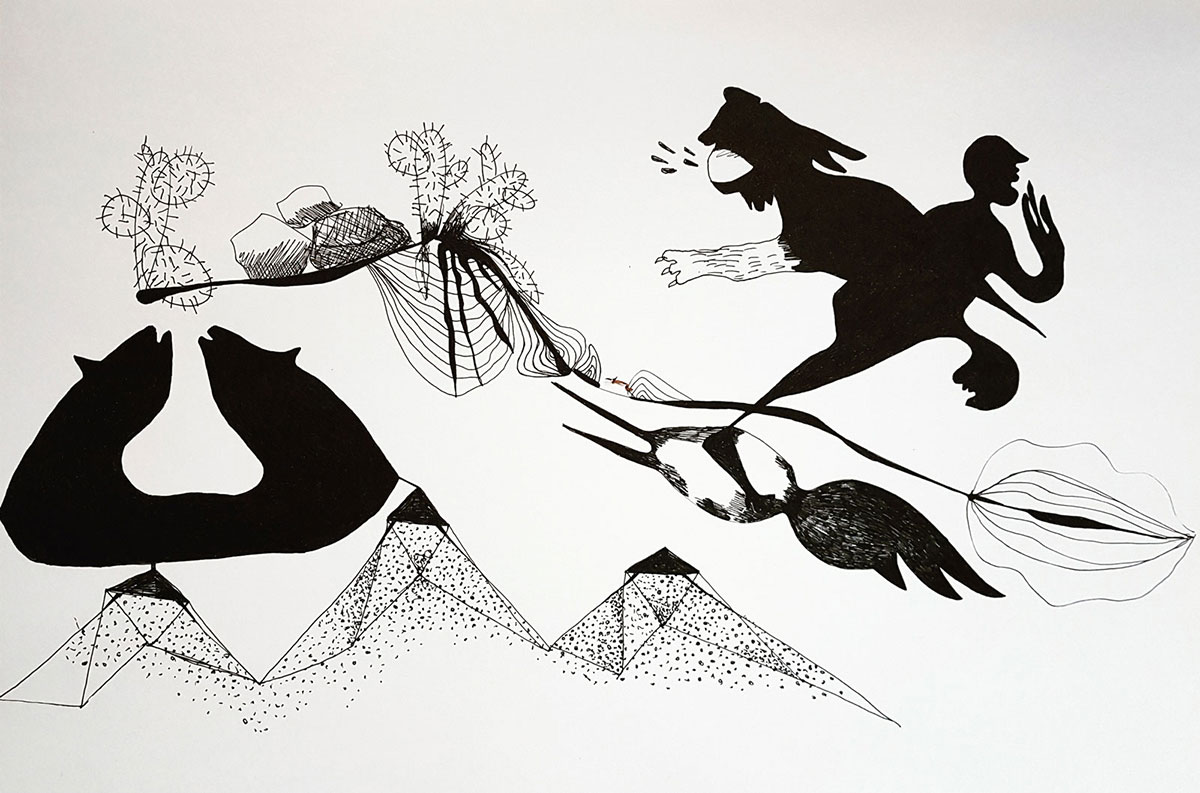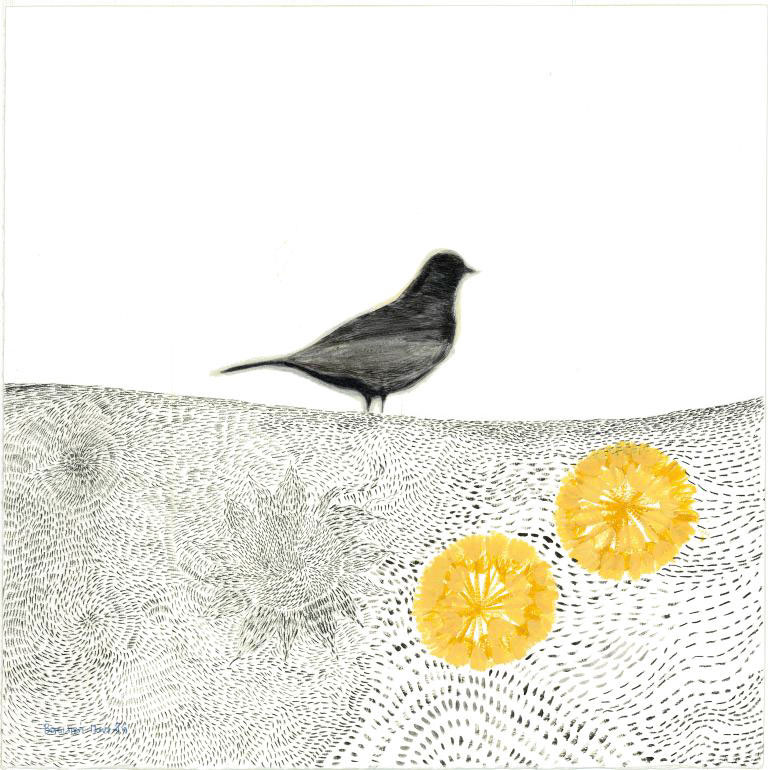PRESENTATION: You Can Cut All The Flowers
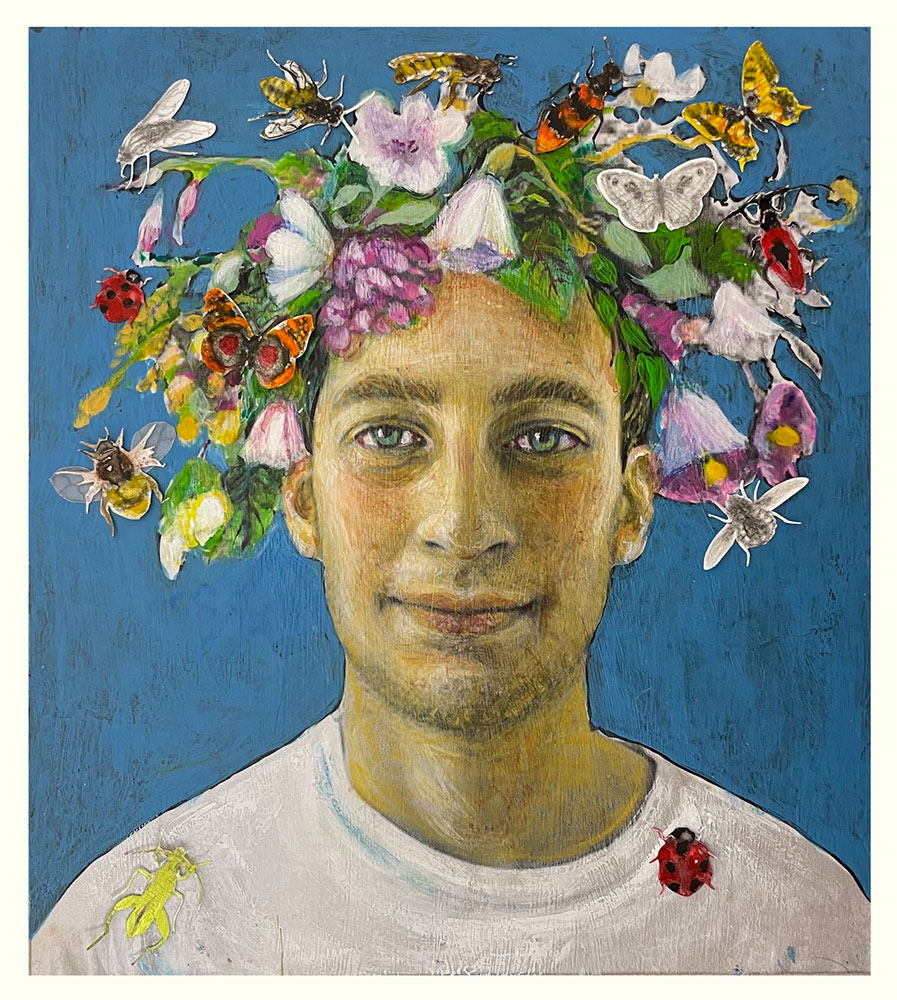 The story of Persephone, the daughter of goddess Demeter who was kidnapped by Hades and later became the Queen of the Underworld, is known all over the world. It is actually the way of the ancient Greeks to explain the change of the seasons, the eternal cycle of the Nature’s death and rebirth. Persephone is understood in people’s mind as a naive little girl who flows between the protection of the mother and the love of her husband.
The story of Persephone, the daughter of goddess Demeter who was kidnapped by Hades and later became the Queen of the Underworld, is known all over the world. It is actually the way of the ancient Greeks to explain the change of the seasons, the eternal cycle of the Nature’s death and rebirth. Persephone is understood in people’s mind as a naive little girl who flows between the protection of the mother and the love of her husband.
By Dimitris Lempesis
Photo: Grigoria Vritia’s Archive
The myth of Persephone was very popular in the ancient times and it is said that her story was represented in the Eleusinian Mysteries, the great private and secret celebrations of ancient Greece. Persephone was the daughter of Zeus, the king of the gods, and Demeter, the goddess of agriculture and fertility. The myth goes that one day, while Persephone was picking flowers in a meadow, Hades, the god of the Underworld, emerged from the depths and abducted her. Despite her cries for help, none of the gods could save her, as Zeus had given Hades permission to take her as his wife. Demeter, devastated by the loss of her daughter, fell into a deep depression and neglected her duties as the goddess of agriculture. The Earth withered, crops died, and famine threatened the mortal world. To end the suffering, Zeus intervened and sent Hermes to negotiate with Hades for Persephone’s release. However, a pomegranate seed had been offered to Persephone during her time in the Underworld, and by consuming it, she became forever tied to that realm. As a compromise, it was decided that Persephone would spend a portion of the year with Hades as his queen and the rest with her mother. This myth explains the cycle of the seasons: when Persephone returns to her mother, Demeter rejoices, and the Earth flourishes with life during spring and summer. But when Persephone descends to the Underworld, Demeter mourns, and the Earth becomes barren and cold during autumn and winter. The myth explores themes of abduction, loss, and the intricate relationship between the mortal and divine realms. Persephone’s story serves as a reminder of the importance of balance and the eternal cycle of nature. The eight contemporary female artists presenting their work in the exhibition “You can cut all the flowers”, in the city of Megara, respond to this natural course of events, in alignment with their spontaneous inclinations, by showcasing pieces that reflect the joy of spring and the liberation of rebirth and transformation. Life is not a straight path but a network of branching trails. Each one, through their unique perspective, offers a version of this process. They create artworks that reclaim the significance of detail. They carefully observe their surroundings and produce works filled with ambiguities and open to multiple layers of interpretation. Through these works, they invite visitors to open their senses, to truly perceive the world around them. Through visual narratives the border on the irrational or unexpected, they lead us to use our vision and touch to clarify the meaning behind the artistic statement.
Participating Artists: Ismini Bonatsou, Ioanna Bouzika, Voula Ferentinou, Andromachi Giannopoulou, Ioanna Pantazi, Roussioti Vassiliki, Grigoria Vritia
Info: Curator: Grigoria Vritia, Cultural Association of Megara “O Theognis”, 28th October 62, Megara, Greece, Duration: 27/5-17/6, Days & Hours: Thu & Sat 19:00-22:00, Sun 18:00-21:00, www.facebook.com/Theognis.Megara/
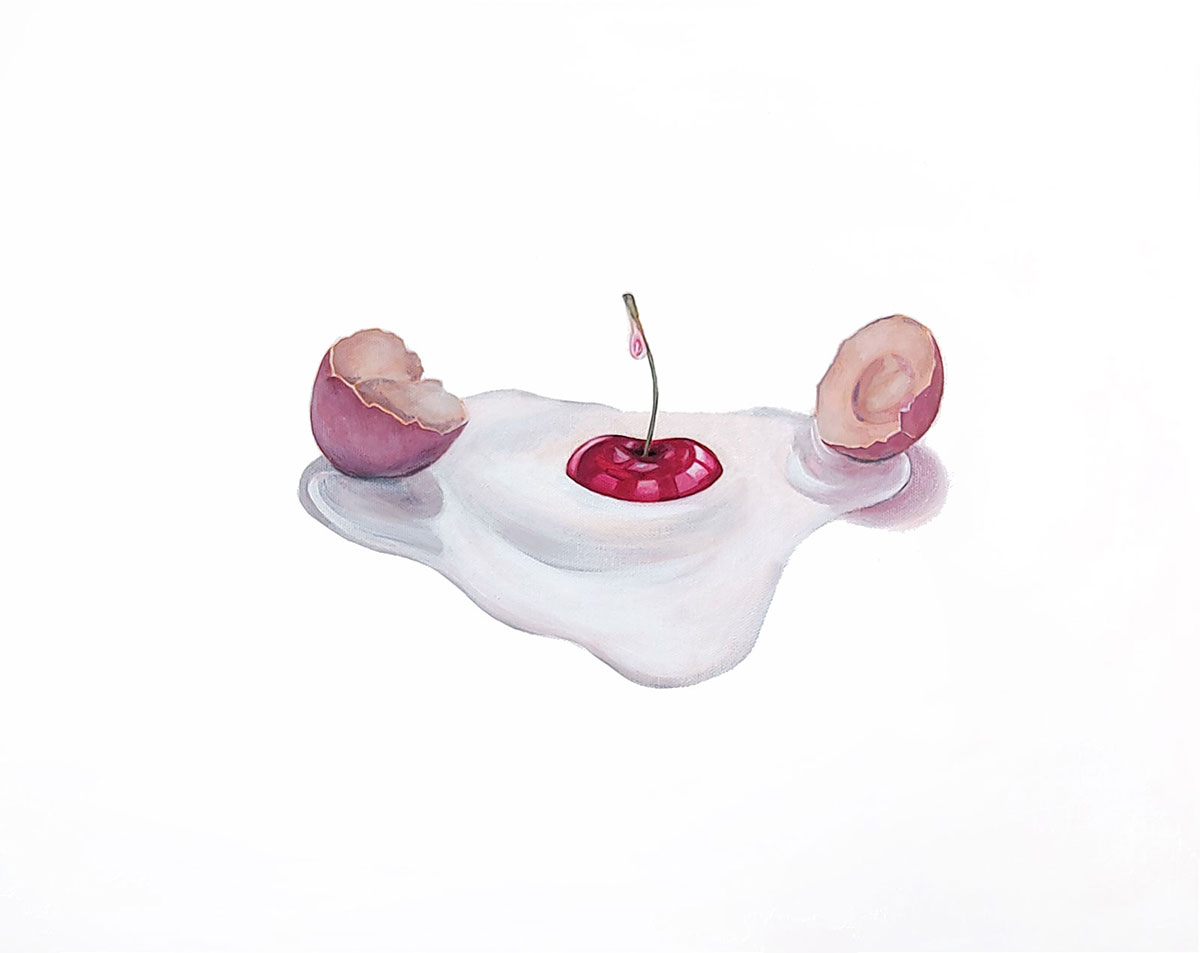
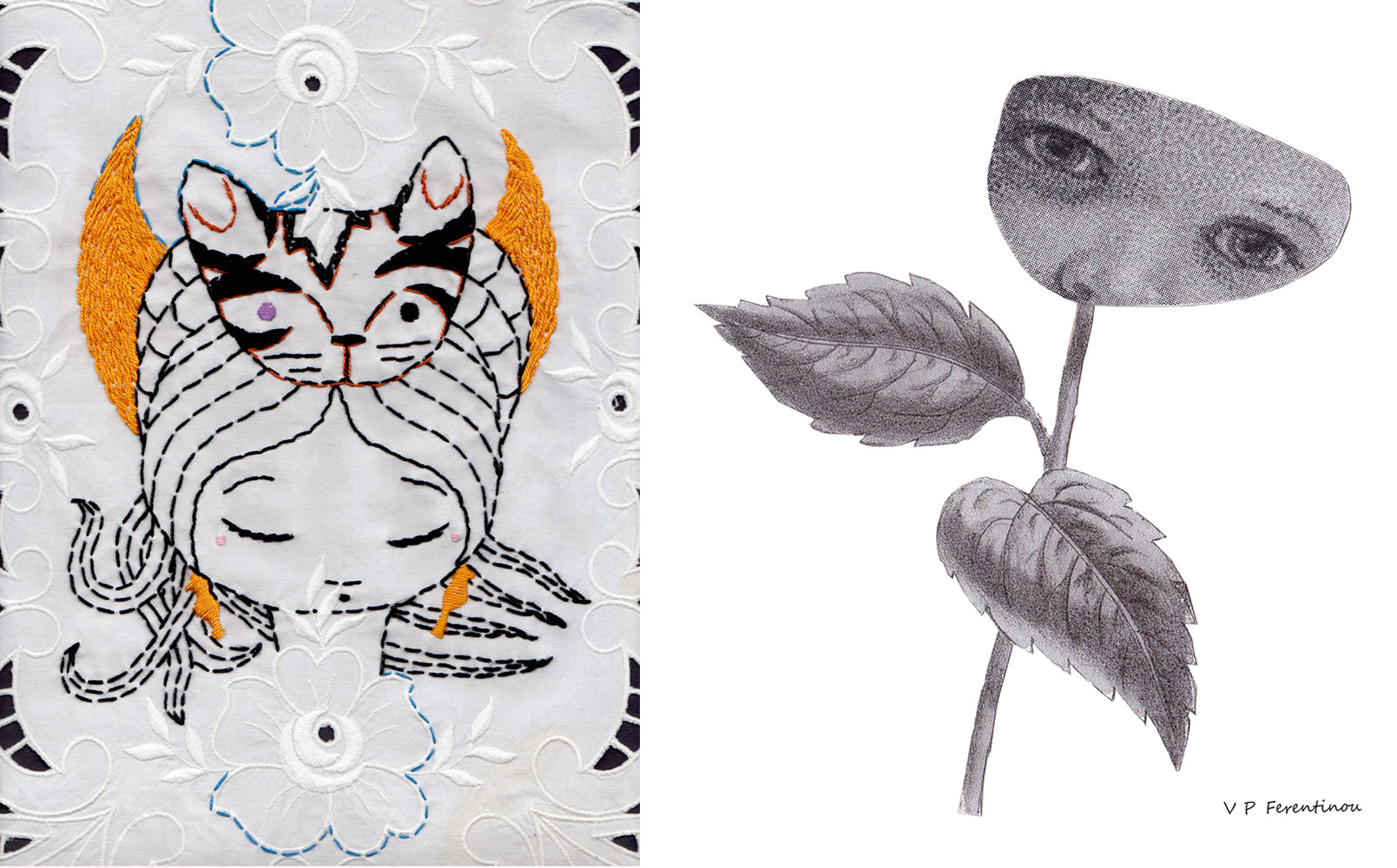
Right: Voula Ferentinou
